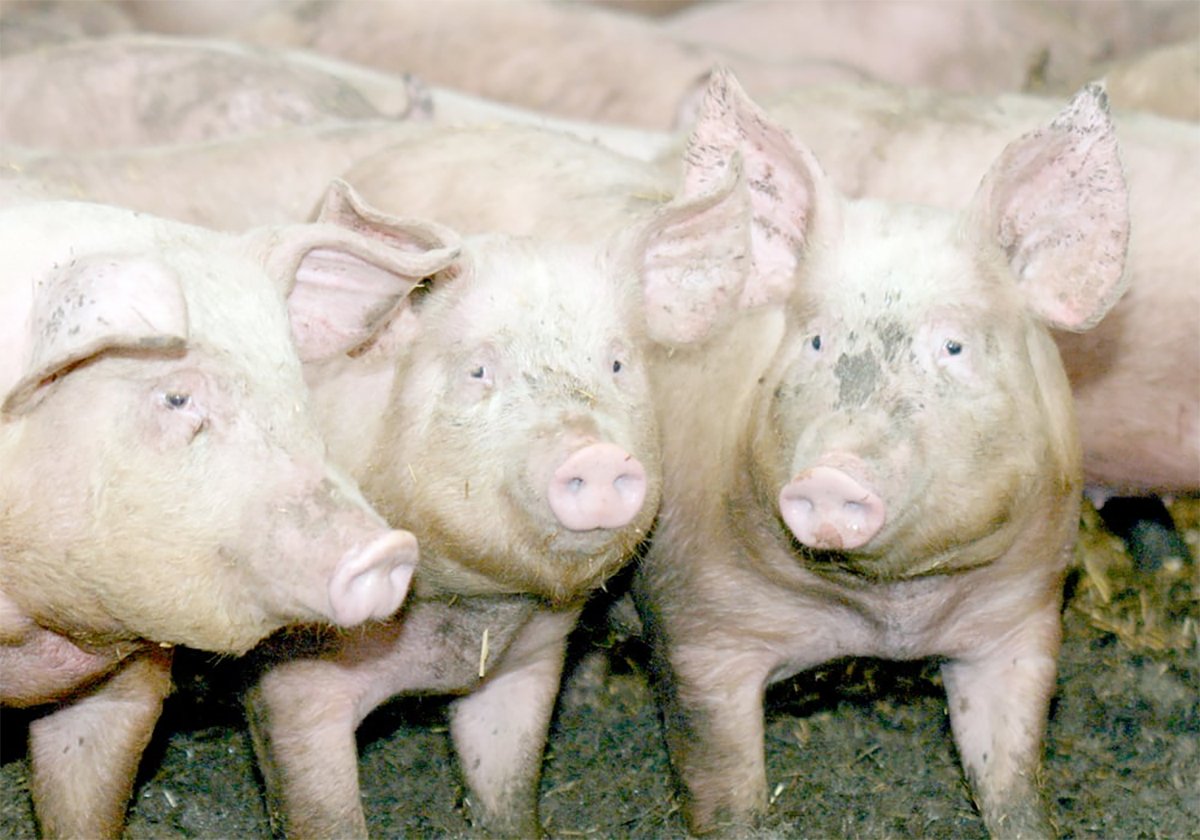BANFF, Alta. – Ten percent of Danish hog farms have reported
production problems since they lost the ability to add antibiotic
growth promotants to their animals’ feed, says Niels Kjeldsen of the
country’s national committee for pig production.
Problems included higher death rates and more diarrhea in young pigs.
“It is possible to produce pigs without antibiotic growth promotants,
but it is not an easy task,” Kjeldsen said.
While production problems are being monitored, he said Denmark isn’t
Read Also

The Western Producer Livestock Report – November 13, 2025
Western Producer Livestock Report for November 13, 2025. See U.S. & Canadian hog prices, Canadian bison & lamb market data and sales insights.
likely to reverse its decision.
As the world’s prime pork producer, Denmark doesn’t want to jeopardize
markets where consumers are demanding antibiotic-free meat.
The country produces 22.5 million hogs a year that are worth nearly $6
billion. This results in 1.8 million tonnes of pork, of which 85
percent is exported.
Denmark has some of the world’s tightest laws governing animal medicine.
“Denmark only uses approximately one percent of the EU consumption of
medicine for pigs, even though we produced 10 percent of the pigs in
the EU,” Kjeldsen said.
Under the new rules, veterinarians are not allowed to sell medication
for profit and many products carry a high tax. The agriculture
department runs a database to keep track of medications used by
veterinarians and farmers.
Instead of being used as growth promotants, more medications are used
to treat sick pigs. However, Kjeldsen said increased use of drugs like
tetracycline has resulted in increased resistance to tetracycline.
He said producers aren’t allowed to increase medications for weanling
pigs, even though producers have reported higher levels of diarrhea and
higher mortalities among young animals. Producers claim without the use
of growth promotants, pigs takes longer to reach 30 kilograms, which is
when they move to a finishing program.
“The strategic use of antibiotics may be necessary to avoid too many
dead pigs,” Kjeldsen said.
Management changes have been suggested.
Producers are advised to adopt healthier housing systems where more pen
space is provided. It is known that overcrowding causes health
problems.
They are also advised to try an all-in, all-out system where a barn is
completely emptied and disinfected before a new batch moves in.
Hospital pens are needed so sick animals can be separated from healthy
pen mates.
Better climate control is also needed. Changes in nutrition are being
studied.
The Danes have found some promise in adding organic acids to feed
rations. More lactic and benzoic acid appears to reduce diarrhea
problems.
“Organic acids are the best alternatives to growth promotants.”
Researchers have also experimented with restricted feeding for 14 days
after weaning, in which pigs receive 75 percent of the normal ration.
Diarrhea lessened, but pig death rates remained the same.
“It is a good tool, but restrictive feeding alone can’t solve all the
problems.”
Kjeldsen said researchers have found that fermented liquid feed helped
digestion, but they also discovered the fermentation process degraded
valuable amino acids such as lysine, which pigs require for growth.















